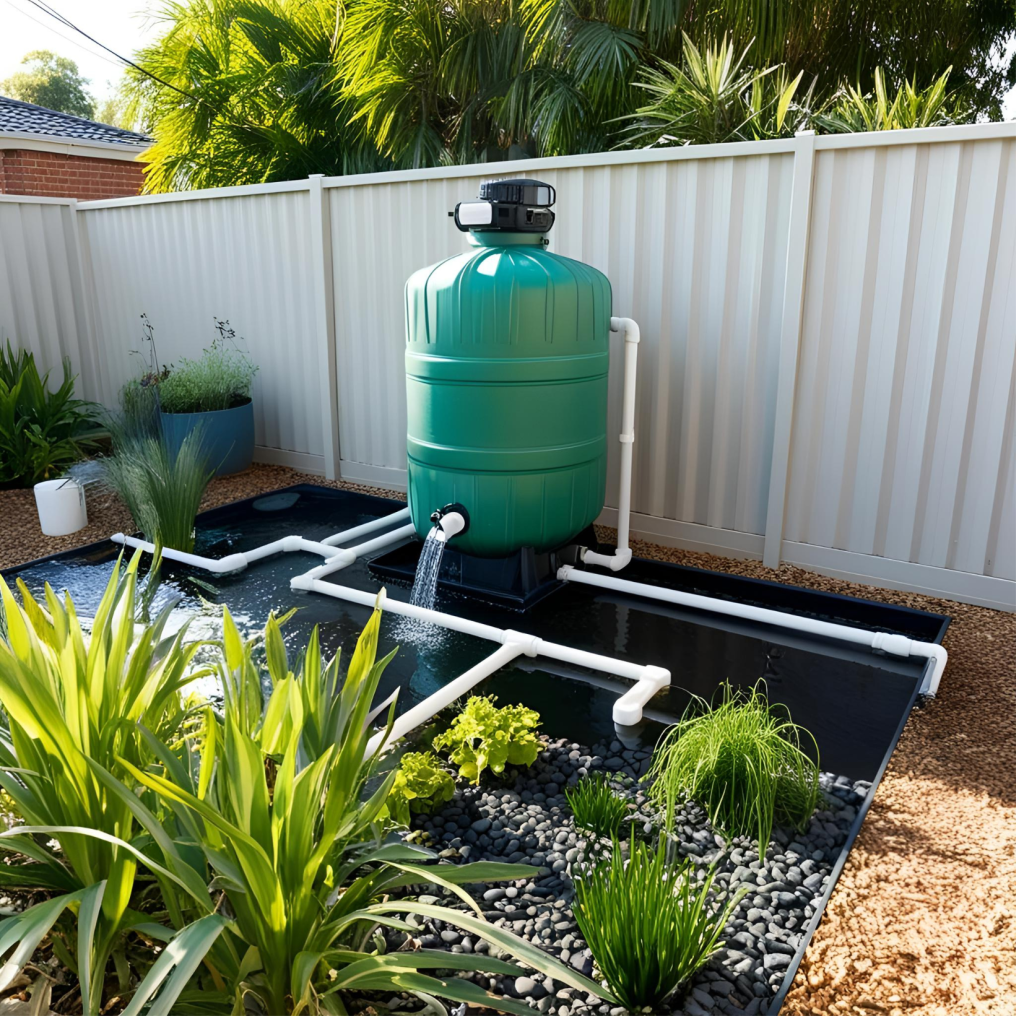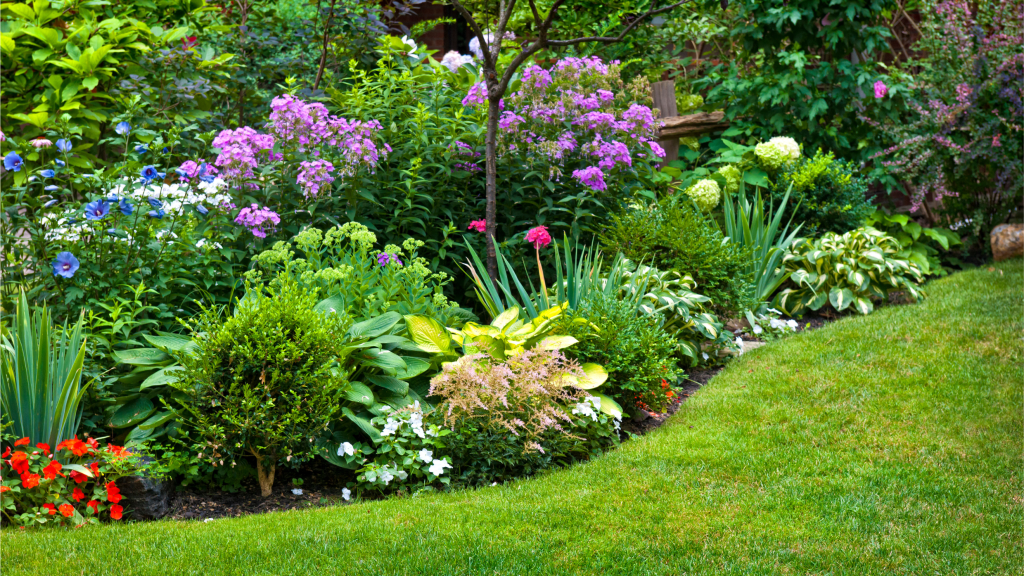Introduction
Saving water is crucial, especially in drought-prone South Australia. One smart way to conserve water is by reusing greywater from daily activities like washing dishes, taking showers, and doing laundry. Not only does this help the environment, but it also gives your garden a boost! Let’s dive into how you can use greywater safely in your garden and reap the benefits.
Understanding Greywater
Greywater recycling involves reusing gently used water from household tasks like washing dishes, bathing, and laundry. Unlike the water from toilets (blackwater), greywater is relatively clean and can be reused for watering your plants. By using greywater, you’ll reduce water usage and support a more sustainable lifestyle.

Benefits of Using Greywater
Using greywater in your garden offers several benefits:
- Save Water: Reduce your reliance on freshwater, conserving a precious resource.
- Lower Costs: Cut your water bills by reusing greywater.
- Eco-Friendly Gardening: Reusing greywater contributes to sustainable living and reduces your environmental impact.
- Healthier Soil: Greywater can enrich your soil with nutrients, promoting healthier plant growth.
Precautions and Safety Measures
To use greywater safely, keep these tips in mind:
- Use Eco-Friendly Products: Opt for biodegradable soaps, detergents, and cleaning products to avoid harmful chemicals that could damage your plants and soil. Hint: Look for products labeled “biodegradable” and “non-toxic” for the best results.
- Avoid Edible Plants: Don’t use greywater on fruits, vegetables, or herbs to prevent contamination.
- Prevent Stagnation: Use greywater as soon as possible to avoid it becoming stagnant and breeding harmful bacteria. Apply it directly to the soil rather than spraying it onto plants.
- Follow Local Regulations: Be aware of and comply with local guidelines and regulations regarding greywater use. For more information, visit SA Health and SA Water.

How to Apply Greywater
Here’s how to effectively use greywater in your garden:
- Filter the Greywater: Use a simple filter to remove larger particles and debris before applying greywater to your garden. This helps prevent clogging and reduces the risk of harmful substances reaching your plants. Tip: A mesh strainer or a piece of cloth can work as a makeshift filter.
- Distribute Greywater: Apply greywater manually using a watering can or set up a drip irrigation system to distribute it evenly. Avoid using overhead sprinklers, as they can spread greywater onto plant foliage.
- Rotate Application Areas: Rotate the areas where you apply greywater to prevent soil from becoming saturated and to allow for natural filtration processes.
Best Practices
For the best results, follow these best practices:
- Choose the Right Plants: Select non-edible plants like trees, shrubs, and flowers that are more tolerant of greywater. Consider greywater irrigation for plants that thrive in these conditions. Hint: Native Australian plants are often more resilient and adaptable.
- Monitor Plant Health: Keep an eye on your plants’ health and adjust greywater use if you notice any signs of stress or damage. Tip: Wilting leaves or discoloration might indicate an issue with greywater application.
- Maintain Your System: Regularly check and maintain your greywater system to ensure it functions properly and safely.
Conclusion
Using greywater in your garden is a practical and sustainable way to conserve water and promote healthy plant growth. By following these guidelines and best practices, you can make the most of this valuable resource while keeping your garden safe and thriving. Embrace greywater reuse and take a step towards a more sustainable future.
Get Involved and Make Every Drop Count!
Are you ready to transform your garden into a sustainable oasis with greywater? 🌿💧 Share your experiences, tips, and successes in the comments below! Let’s cultivate a thriving, eco-friendly gardening community together.
Don’t miss out on our latest gardening tips and eco-friendly practices—subscribe to our newsletter now! Let’s turn every drop into a greener future.
